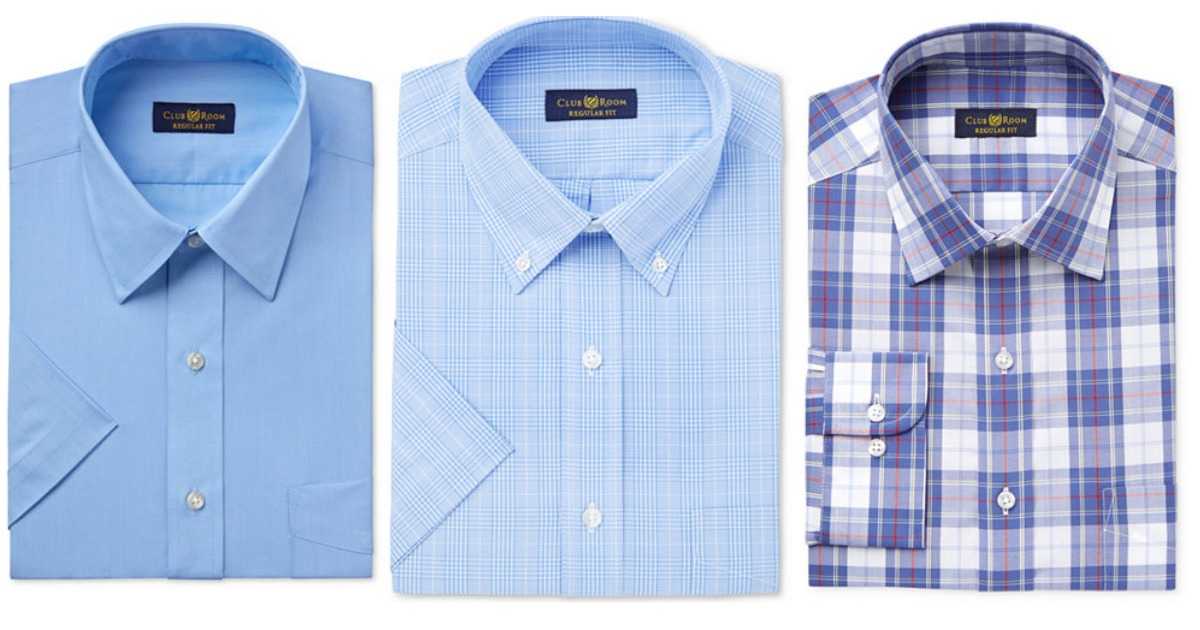Sustainable Home Interior Design: Creating Eco-Friendly Living Spaces
As sustainability becomes increasingly important in our daily lives, more homeowners are seeking ways to incorporate eco-friendly practices into their home interior design. Sustainable interior design focuses on reducing environmental impact, conserving resources, and creating healthy and efficient living spaces. In this article, we’ll explore the principles of sustainable home interior design and how homeowners can create eco-friendly living environments that promote well-being and sustainability.
Choosing Eco-Friendly Materials
One of the key principles of sustainable interior design is choosing eco-friendly materials that minimize environmental impact and promote sustainability. Opt for materials that are renewable, recyclable, and locally sourced whenever possible. Choose sustainable materials such as bamboo, cork, reclaimed wood, recycled glass, and recycled metal for flooring, furniture, countertops, and finishes.
Avoid materials that contain harmful chemicals such as volatile organic compounds (VOCs), formaldehyde, and phthalates, which can off-gas and contribute to indoor air pollution. Look for certifications such as Forest Stewardship Council (FSC) certification for wood products, GreenGuard certification for low-emission materials, and Cradle to Cradle certification for products that are designed for recyclability and environmental sustainability.
Energy-Efficient Lighting and Appliances
Another important aspect of sustainable home interior design is maximizing energy efficiency through lighting and appliances. Choose energy-efficient lighting fixtures such as LED bulbs, which consume less energy and last longer than traditional incandescent bulbs. Use natural light whenever possible by incorporating windows, skylights, and glass doors to reduce the need for artificial lighting during the day.
Select energy-efficient appliances such as ENERGY STAR-rated refrigerators, dishwashers, washing machines, and HVAC systems, which use less energy and water than conventional models. Consider installing programmable thermostats, smart lighting systems, and motion sensors to optimize energy usage and reduce utility costs. By maximizing energy efficiency, homeowners can reduce their carbon footprint and contribute to a more sustainable future.
Indoor Air Quality and Ventilation
Indoor air quality is another important consideration in sustainable interior design, as poor air quality can have negative effects on health and well-being. Choose low-VOC paints, adhesives, and finishes to minimize off-gassing and improve indoor air quality. Use natural ventilation strategies such as operable windows, cross ventilation, and exhaust fans to circulate fresh air and remove indoor pollutants.
Incorporate indoor plants such as ferns, palms, and spider plants to naturally purify the air and improve indoor air quality. Consider installing air filtration systems or air purifiers to remove airborne pollutants such as dust, pollen, and pet dander. By prioritizing indoor air quality and ventilation, homeowners can create healthier and more comfortable living environments for themselves and their families.
Water Conservation and Efficiency
Water conservation is another important aspect of sustainable interior design, particularly in regions prone to water scarcity or drought. Choose water-efficient fixtures such as low-flow toilets, faucets, and showerheads to reduce water usage and conserve resources. Consider installing rainwater harvesting systems or greywater recycling systems to capture and reuse rainwater or wastewater for irrigation or non-potable uses.
Fix leaks and drips promptly to prevent water waste and reduce utility costs. Incorporate water-saving landscaping strategies such as xeriscaping, native plantings, and drought-tolerant plants to minimize outdoor water usage. By prioritizing water conservation and efficiency, homeowners can reduce their water footprint and contribute to the sustainable management of water resources.
Restoring and Upcycling Vintage Finds
Restoring and upcycling vintage finds is another great way to incorporate vintage elements into modern home interiors while adding a touch of creativity and sustainability. Look for vintage pieces with good bones and unique character, such as old furniture, architectural salvage, or vintage textiles, and give them new life with a fresh coat of paint, reupholstery, or creative repurposing.
For example, transform an old dresser into a stylish bathroom vanity, or repurpose vintage windows into decorative wall art or room dividers. Embrace imperfections and patina to celebrate the history and authenticity of vintage pieces, adding charm and character to the space. By restoring and upcycling vintage finds, homeowners can create one-of-a-kind interiors that reflect their creativity, resourcefulness, and commitment to sustainability.
Incorporating Vintage Textiles and Patterns
Vintage textiles and patterns add texture, color, and visual interest to modern interiors, creating cozy and inviting spaces with a nostalgic vibe. Incorporate vintage textiles such as quilts, tapestries, and throw blankets to add warmth and comfort to seating areas and bedrooms. Look for vintage-inspired fabrics with classic patterns such as florals, stripes, and geometric designs to add a touch of retro charm to curtains, upholstery, and decorative pillows.
Consider mixing and matching vintage textiles with modern fabrics and patterns to create a layered and eclectic look that feels curated and stylish. For example, pair a vintage-inspired floral wallpaper with contemporary furniture and accessories, or layer a vintage rug over a sleek, minimalist carpet. By incorporating vintage textiles and patterns, homeowners can add personality and warmth to their interiors while creating a timeless and stylish look.
Conclusion
Sustainable home interior design focuses on creating eco-friendly living spaces that minimize environmental impact, conserve resources, and promote health and well-being. By choosing eco-friendly materials, maximizing energy efficiency, prioritizing indoor air quality and ventilation, and conserving water, homeowners can create sustainable and healthy living environments that benefit both themselves and the planet. Whether it’s selecting sustainable materials, maximizing energy efficiency, improving indoor air quality, or conserving water, sustainable interior design offers practical strategies for creating eco-friendly living spaces that promote sustainability and well-being.










